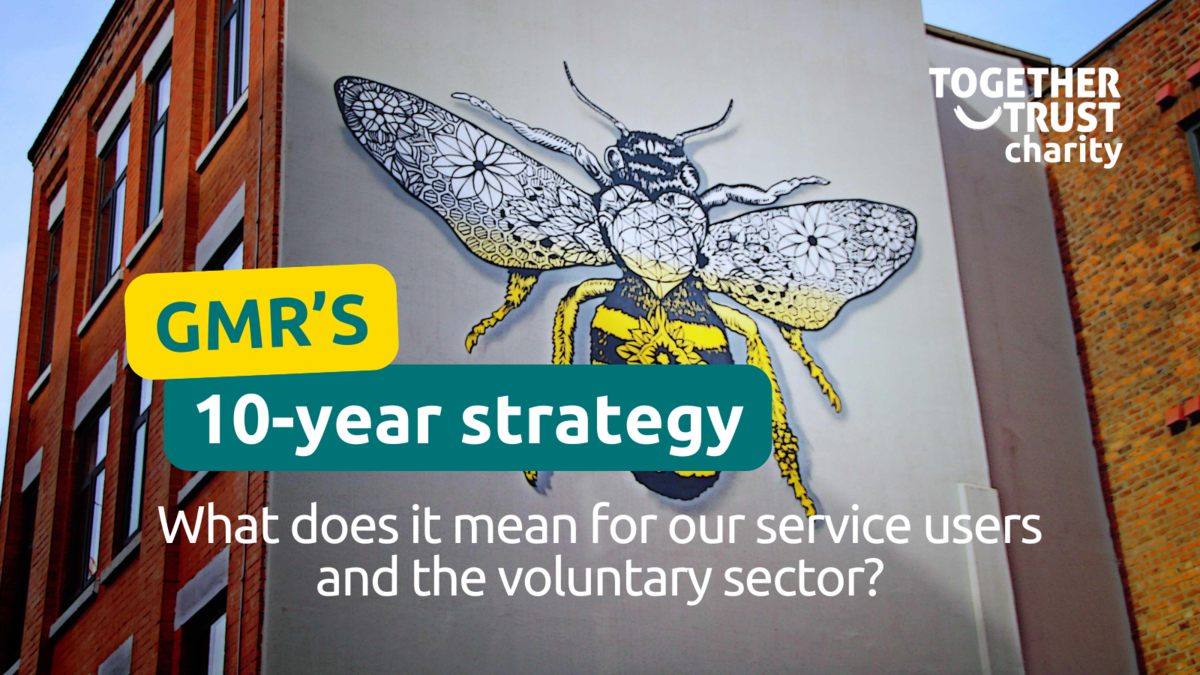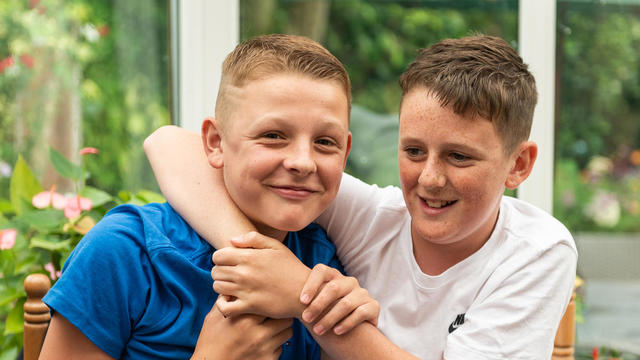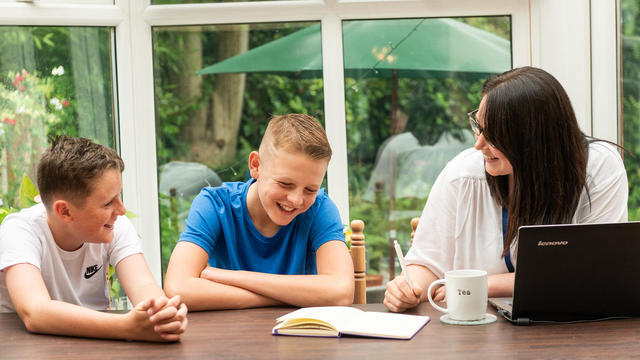Greater Manchester's 10-Year Strategy: What does it mean for our service users and the voluntary sector?

In July 2025, Greater Manchester Combined Authority (GMCA), led by Mayor Andy Burnham, launched a new 10-Year Strategy to create a region where everyone, regardless of background or ability, can live well and thrive.
With new powers over £630 million of public spending, the plan promises to grow the economy while tackling long-standing inequalities like poverty, health gaps, and lack of affordable housing.
What’s promised?
Public services:
-
New ‘Live Well’ centres in every neighbourhood will offer early, trauma-informed, community-led support across mental health, housing, employment and wellbeing
Early years:
-
Extra investment in the early years' workforce and wellbeing support, including health checks and nutrition advice for families
Housing:
- 10 new therapeutic children’s homes for young people with complex needs or awaiting foster care (via Project Skyline)
- A shift toward commissioning providers with a social mission; like cooperatives and social enterprises
Health:
- Faster access to A&E and elective care
- Easier GP contact
- Expanded mental health support for all age groups
Education and work:
- New Greater Manchester Baccalaureate promotes technical education as a valued route
- 45-day guaranteed placements for those who need them
- Support to reduce NEET (Not in Education, Employment or Training) rates and improve attendance
- Careers advice and adult learning courses to boost earnings
- Help for employers to address skills gaps in key sectors like health, green jobs and digital
- Support all employers in the city region to pay the Real Living Wage by 2030
Transport:
- Integration of 8 commuter rail lines and 64 train stations into the Bee Network by 2028 (all by 2030)
Voluntary and community sector:
- Recognised as an equal delivery partner with long-term funding and decision-making power
- Expansion of the VCFSE Accord
- Full rollout of the Fair Funding Protocol
- Greater use of services that deliver social value
What’s changing for our service users?
This strategy brings real opportunities for children in care, care leavers, and disabled and neurodivergent people:
- Over 10 new therapeutic children’s homes for young people with complex needs or awaiting foster care
- A stronger role for charities and social enterprises in delivering care
- Commitments to inclusive housing and digital access
- Trauma-informed, place-based support through Live Well centres
But there are gaps:
- Aftercare for care leavers remains vague; what support is there after age 18?
- Digital access plans don’t clearly address the needs of neurodivergent people or those with learning disabilities
- Emotionally Based School Avoidance (EBSA) a growing challenge for many of the young people we support is not mentioned
Our concerns:
- Wellbeing vs. Achievement: A heavy focus on qualifications risks ignoring mental health and emotional safety, especially for neurodivergent young people
- Inclusive Education & Work: No clear guarantee that placements or training will be supported or accessible
- Disabled Voices: No firm plan for how disabled people will help design services they use
- Commissioning Gaps: It’s unclear how charities like Together Trust will be supported to shape and deliver services
Questions that still need answers:
- What support will care leavers get after age 18; especially with housing, mental health and life skills?
- Will services be fully accessible and inclusive for people with learning disabilities and neurodivergence?
- Will there be dedicated support for EBSA and flexible education options?
- How will young people and disabled people be meaningfully involved in designing the services they use?
Final thoughts
The strategy offers real promise, and Together Trust welcomes its ambition. But the details of delivery will matter most.
We stand ready to help ensure that children in care, care leavers, disabled people and those with SEMH needs are not just included in the region’s future, but prioritised.
Stay informed about our work by:
- Signing up for our campaign updates
- Checking our website news
- Following us on Bluesky, X, and LinkedIn





